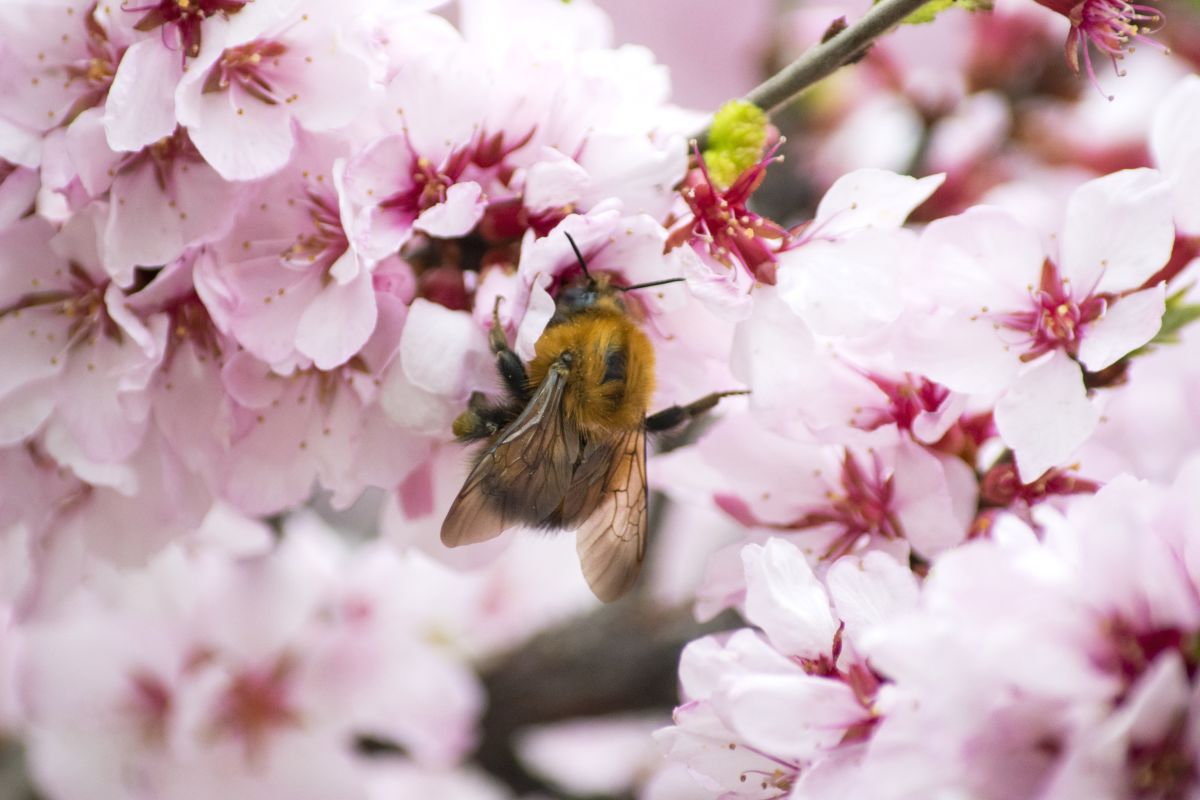Melliferous flowers in Morocco


Morocco is famous for its plant diversity. Here you’ll find all the main melliferous flowers. A melliferous flower is a plant which produces nectar or pollen that can be collected by insects and turned into honey.
Melliferous stems from the Latin words mel (honey) and fer (bearing), forming the word “melliferous” which means “honey-producing”.
Bee-friendly plants include dandelions, daisies and clover, which are typical meadow flowers, as well as the nasturtium, verbena, rosaceous rose and fragrant lavender. Marguerites and sunflowers also magically attract bees, butterflies and other pollinating insects.
In the Fez-Meknes region in Morocco, researchers have identified over 100 plants belonging to 32 families as melliferous plants. And you’ll find local makers producing honey, bee pollen, royal jelly, propolis, bee wax and, bee venom.
Honey is very important in Moroccan cooking and Fez itself is famous for its range of wild honeys with vital health-giving properties. Carob honey helps digestion. Caper honey is good for colds and flu. Lavender honey is good for stress. Thyme for low blood pressure. If you book into our Foodie Tour of the Medina of Fez, we will visit the famous honey souk.
At our Fez Cooking School, with its open-air rooftop kitchen, you can learn to make a dessert of layers of flaky pastry drizzled with an orange blossom icing and finished with cinnamon and honey. While Moroccan honey saffron chicken is a delicious dish, and honey is also used in most Moroccan cakes and pastries such as almond briouates and Halwa Chebakia (sesame cookies shaped like a flower, fried and then coated with honey). It truly is the food of life.
Next time you see a bee pollinating fragrant lavender, don’t forget about the importance of melliferous flowers.
Liz Hoggard
Journalist and author

